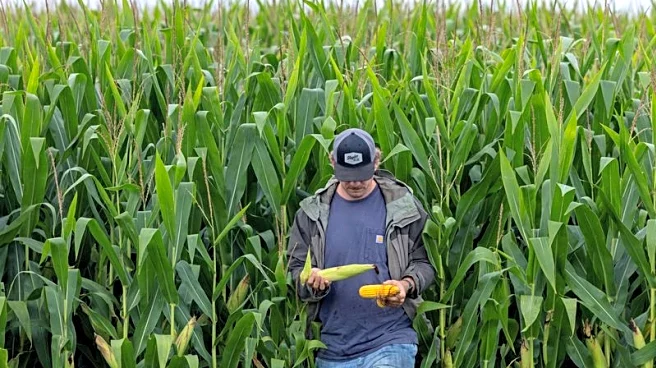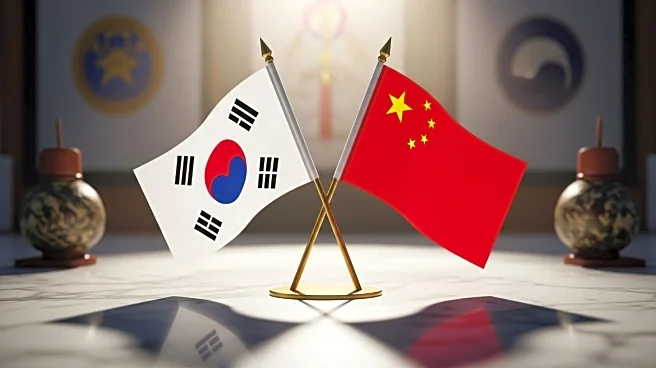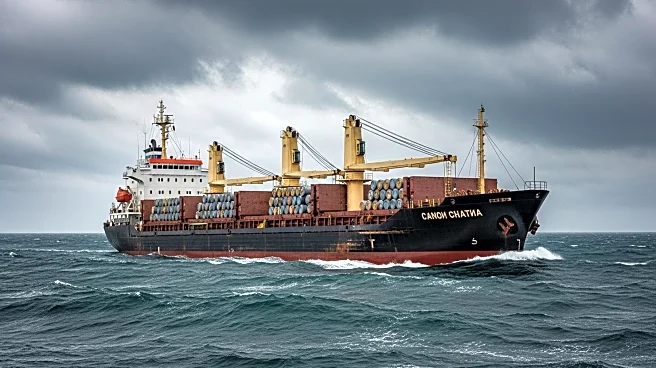What's Happening?
Southeast Asian countries are set to increase their imports of U.S. agricultural products, including corn, wheat, and soymeal, as part of new trade agreements. This shift is expected to alter global trade flows, potentially displacing supplies from Australia, Canada, and Russia. The agreements, which involve tariff reductions, have already seen countries like Indonesia and Bangladesh commit to higher U.S. imports. Analysts suggest that the competitive pricing of U.S. crops will further drive this trend. The increased U.S. exports are anticipated to impact rival crop prices and transportation costs, as the region is a significant net importer of food due to its growing population and rising incomes.
Why It's Important?
The increase in U.S. agricultural exports to Asia represents a significant opportunity for American farmers and the broader agricultural industry. By capturing a larger share of the Asian market, U.S. producers can potentially offset domestic challenges and enhance their global competitiveness. This development could lead to increased revenue for U.S. farmers and stimulate economic growth in rural areas. However, it also poses challenges for other major exporters, who may need to find new markets or adjust their pricing strategies. The shift in trade dynamics underscores the importance of international trade agreements and their role in shaping global agricultural markets.
What's Next?
As these trade agreements take effect, monitoring their impact on global agricultural markets will be crucial. U.S. exporters will need to ensure they can meet the increased demand from Asia while maintaining quality and competitive pricing. Other exporting countries may seek to negotiate new trade deals or explore alternative markets to mitigate potential losses. Additionally, the long-term sustainability of these trade relationships will depend on geopolitical factors and the ability of U.S. producers to consistently supply high-quality products. The agricultural industry will be closely watching these developments to adapt strategies and capitalize on emerging opportunities.













